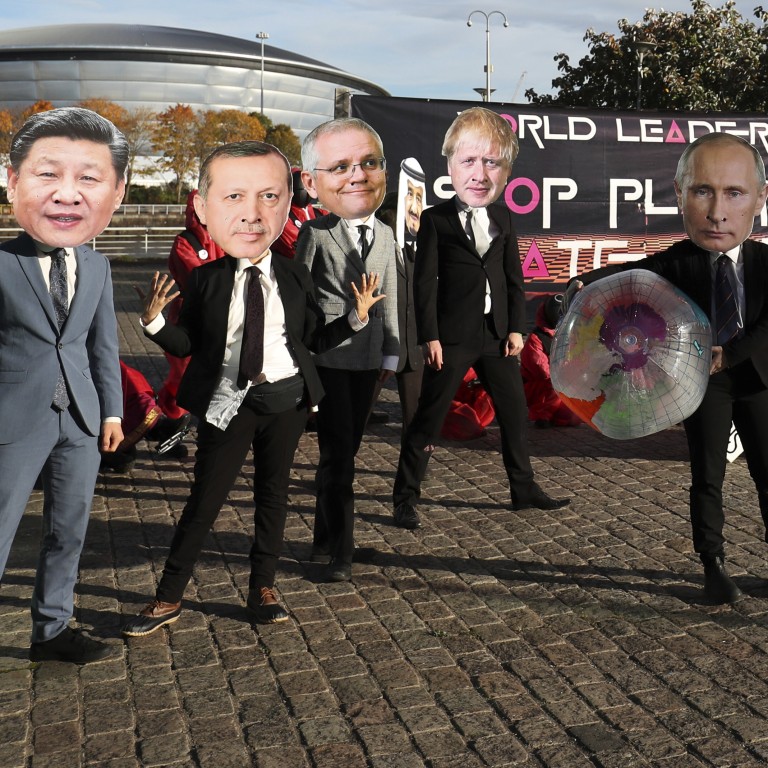
COP26 state of play: with climate conference concluded, where do things stand?
- Ex-banker Mark Carney has 130 trillion reasons for optimism, but temperature-watchers have 1.5 to 2.4 reasons for pessimism
- Greta’s a winner, coal’s a loser and ooh, did you try the alphabet soup yet?
After the hottest decade in human history, commitments to transform energy generation, protect forests, cut methane emissions, change transport systems and reconfigure the global financial system were seen as crucial.
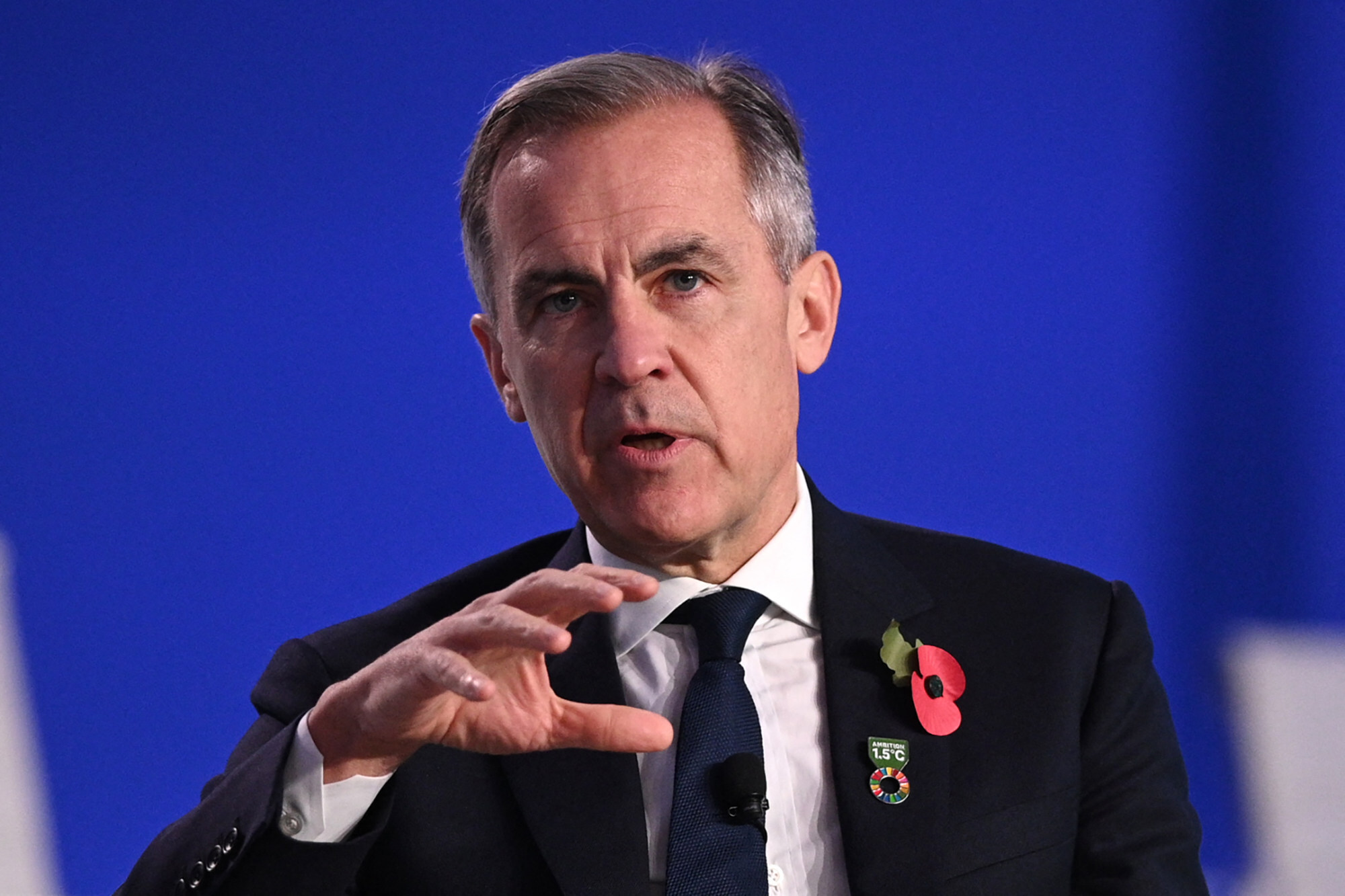
130 trillion reasons for optimism?
Limiting the movement of capital into fossil fuels has been a key aim of COP26, with Mark Carney central to efforts.
This former governor of the Bank of England is now the UN Special Envoy on Climate Action and Finance, and co-chairperson of Glasgow Financial Alliance for Net Zero (GFANZ).
Carney announced in Glasgow that the total value of companies committing to net zero was US$130 trillion, a major increase on the US$5 trillion when the UK and Italy took over the presidency of COP.
Sorry Boris, but without China the COP is a flop
While more than 450 banks and other financial institutions have signed up, major Chinese, Russian and Indian ones have not, and Chinese banks are the biggest investors in coal.
However, returns on investments in renewables are now said to exceed those for fossil fuels, and reports indicate that green investments this year outranked those of fossil fuels for the first time, so the tide may be shifting.

The Greta factor
Away from the speeches, the meetings and the negotiations of COP26, the world’s media were just as interested in what was happening on the streets of Glasgow.
Greta Thunberg, the 18-year-old Swedish activist, was one of thousands of young people who skipped school and marched in the Scottish city to demand change.
They took to the streets on the first Friday of the conference in honour of the Fridays for Future movement that swept Thunberg to global attention.
With protest marches being held across the globe, the activists put forward an agenda far more radical than the incremental steps being haggled over by bureaucrats.
Brandishing banners with slogans such as “End Climate Betrayal”, they called for the abandonment of fossil fuels and, as Thunberg memorably put it, an end to “blah, blah, blah”.
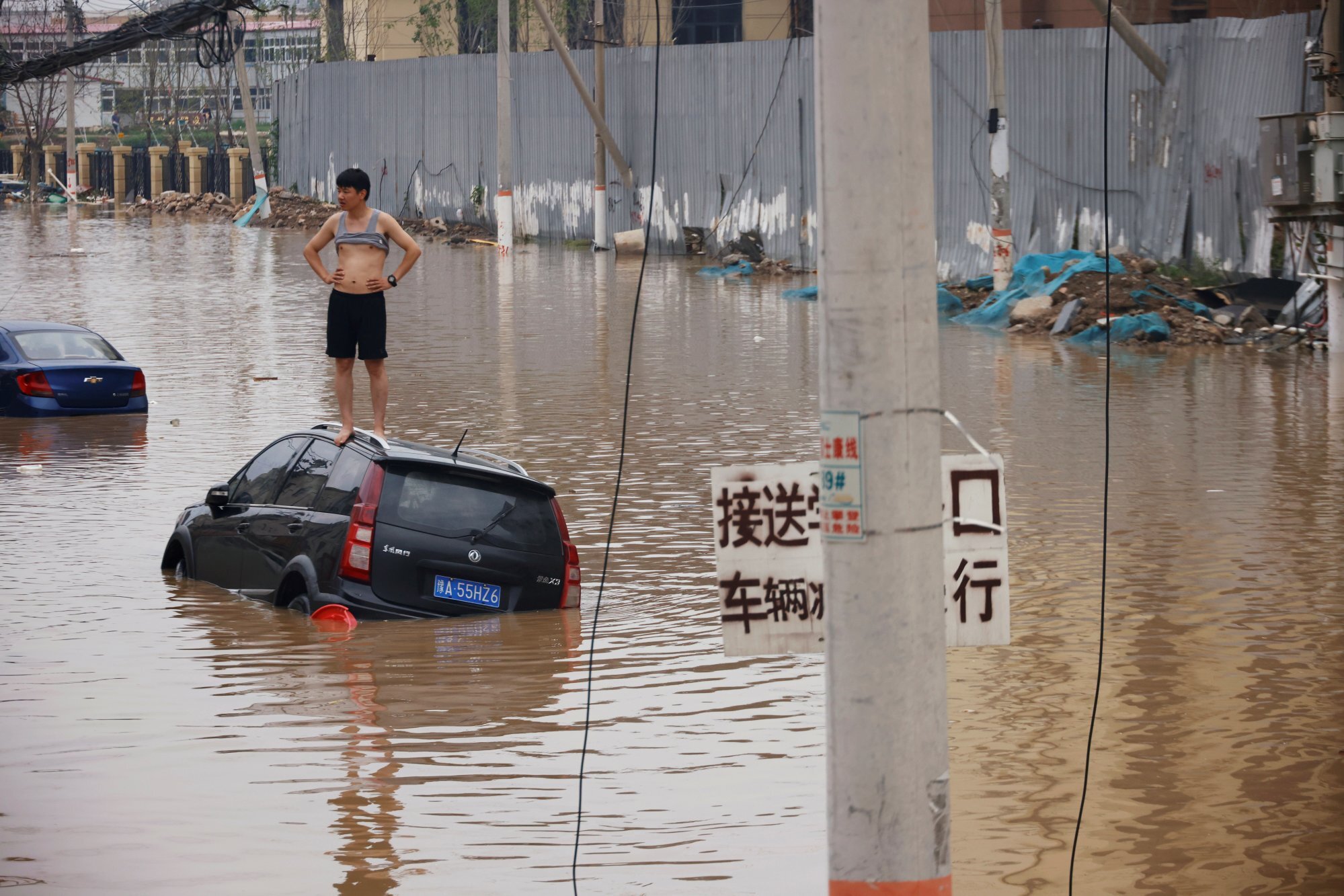
1.5 °C, a target already missed?
“[But] there needs to be greater ambition and more concrete action being taken on the ground to give people confidence these pledges are going to be delivered by 2025 or 2030.”
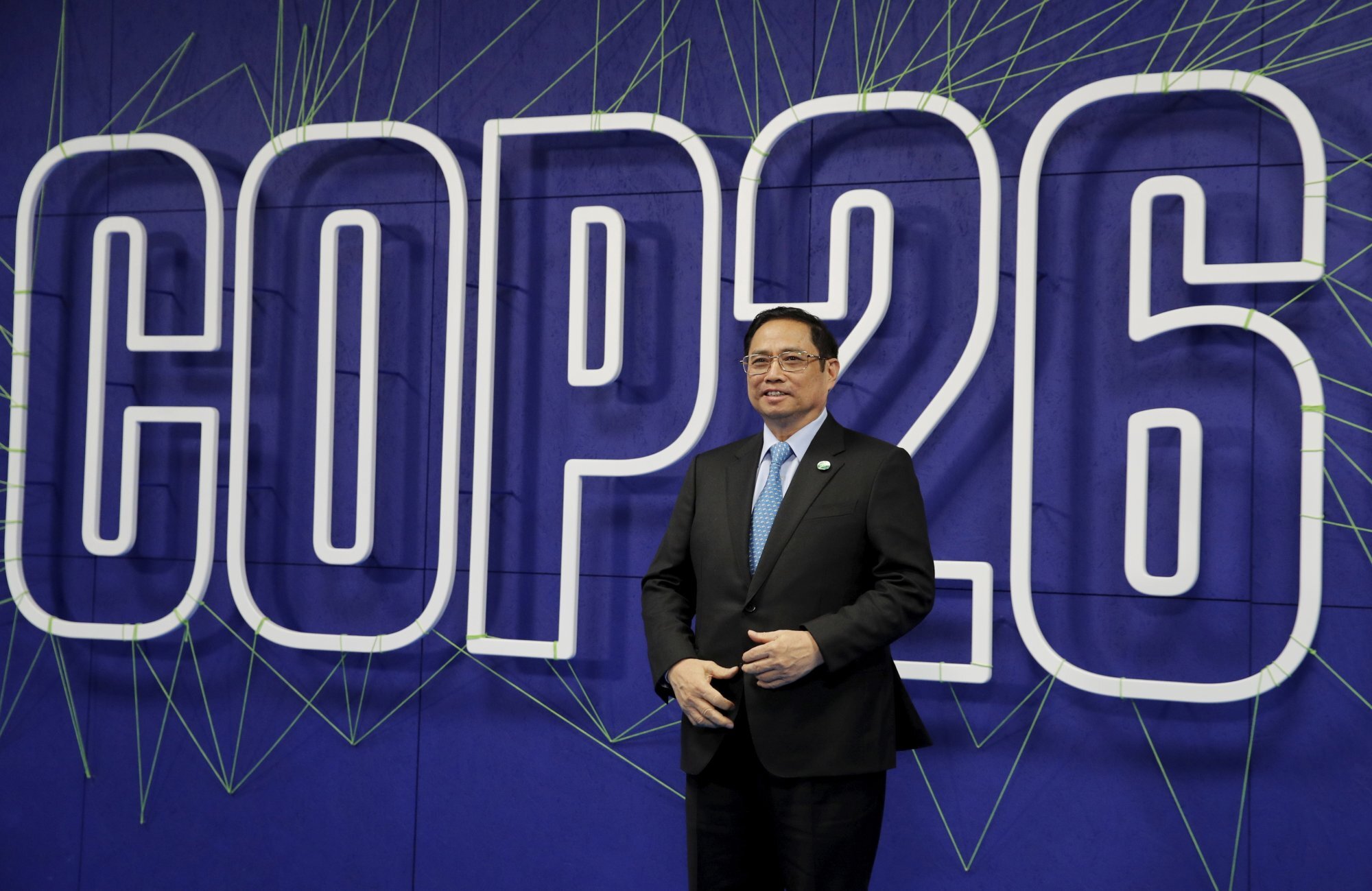
Acronym soup
As well as GFANZ, the banker-turned-UN-climate-envoy Mark Carney was promoting the Taskforce on Scaling up Voluntary Carbon Markets (TSVCM), which encourages the private sector to invest in carbon offsets.
Other Glasgow initiatives included the Beyond Oil and Gas Alliance (BOGA, aiming to end oil and gas), the Energy Transition Mechanism (ETM, which focuses on phasing out coal) and the First Movers’ Coalition (FMC, which promotes climate-friendly research and development).
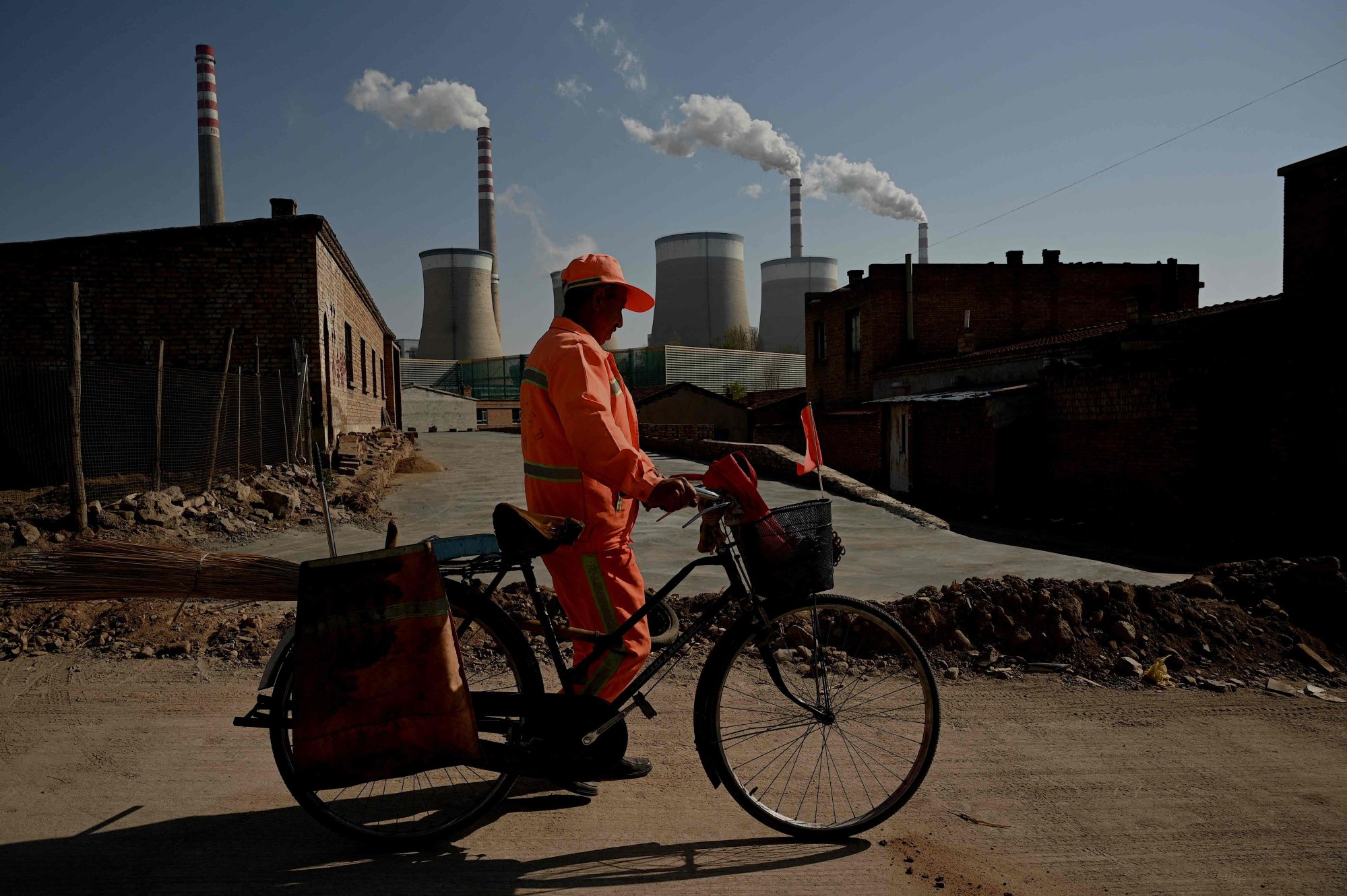
Coal, the biggest own goal
Coal is the biggest offender among the fossil fuels when it comes to climate change, being responsible for about 14 billion tonnes of carbon dioxide in 2020.
Ahead of COP26, the G20 pledged to stop financing coal abroad by the end of this year, while in Glasgow, 46 nations agreed to phase it out, with developed nations to end its use by the 2030s and other nations by the 2040s.
Japan has not committed to phasing out coal, although it plans to get less than one fifth of its electricity from the fuel by 2030, down from 30 per cent now. There may be hints of movement in China, which back in September promised to stop financing foreign coal projects.
‘This won’t end well’: green groups on ADB plan to phase out coal plants
The COP26 final text calls on nations to begin “phasing down” coal – the first UN climate agreement to explicitly mention fossil fuels.
The change in wording from the original “phasing out” came after last-minute interventions by India and China. Soon after the adoption process for the deal began, Indian Environment Minister Bhupender Yadav interrupted to propose the new language.
Some nations expressed disappointment but continued to support the pact so that negotiations would not collapse.
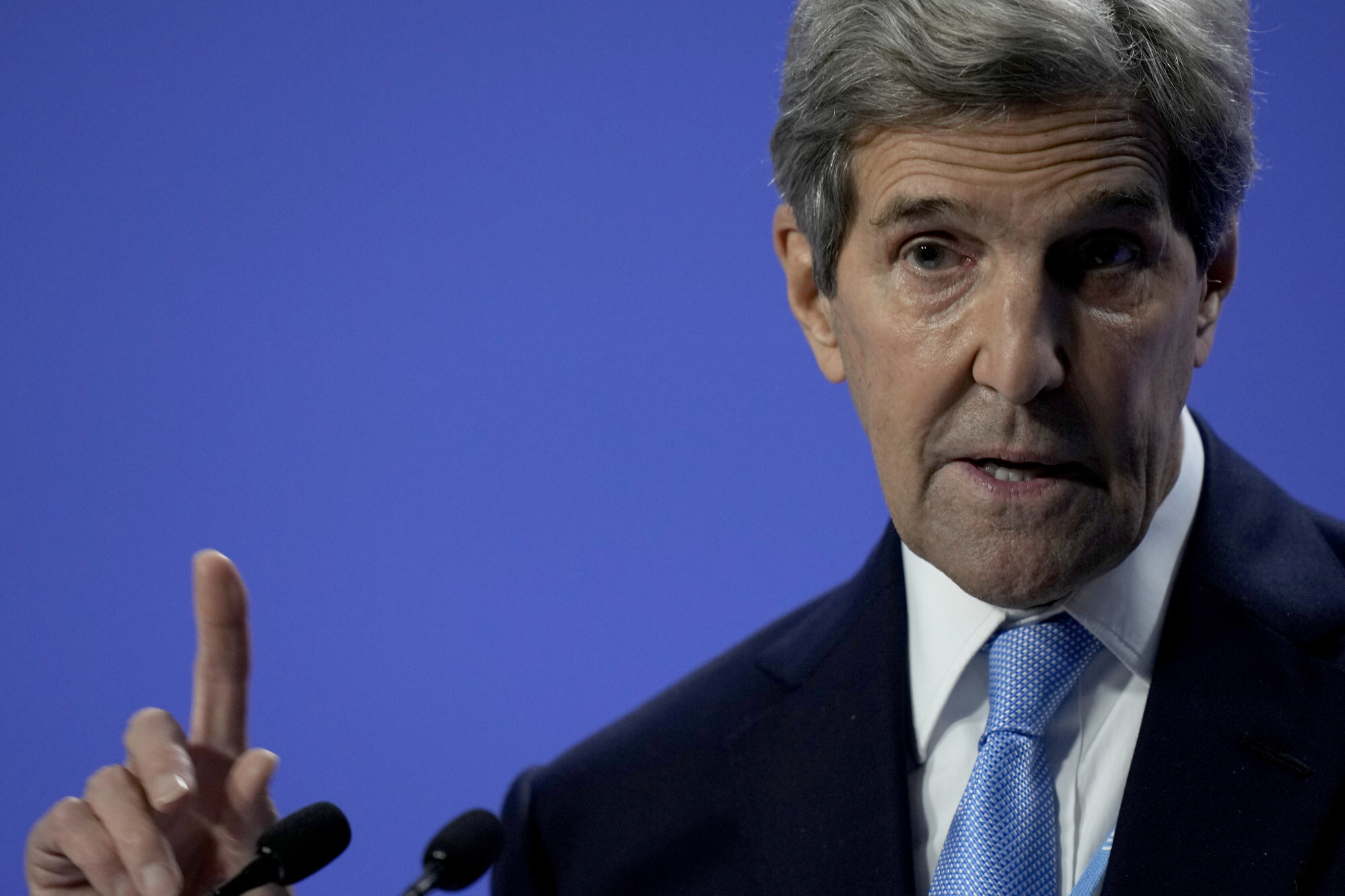
A nice surprise
Wednesday’s surprise announcement that the US and China would boost climate cooperation over the coming decade could herald further shifts by the world’s two biggest emitters.
A joint declaration included commitments to cooperate on cutting methane emissions; protecting forests; improving technology and information exchanges; and ramping up the use of renewable energies. It also promised the establishment of a working group tasked with enhancing climate action in the 2020s.
Both sides were keen to play the agreement up, having faced criticisms throughout the conference of doing too little. John Kerry, the US climate change envoy, described the declaration as “only the beginning”, while Xie Zhenhua, China’s chief climate negotiator, vowed the countries would “jointly strengthen climate action and cooperation”.
However, the declaration offered little in the way of new quantitative targets, prompting some scepticism over how much of a breakthrough the declaration really represents.

The carbon market question
Negotiations on how to trade emissions reduction units continued into the final days of COP26, highlighting the difficulties linked to an issue that has remained unresolved since the Paris Agreement.
Referred to in Article 6 of the Paris Agreement, carbon markets will become increasingly important as countries look to achieve net zero while continuing to burn fossil fuels.
The deal reached on Saturday sets rules for carbon trades, managing to overcome a number of roadblocks that proved issues at previous climate meetings.
Carbon pricing: the climate silver bullet world leaders want you to believe?
One such issue was how to prevent double counting, which could happen when emissions reductions are transferred between nations.
Under Saturday’s deal, the country that generates a credit will decide whether to authorise it for sale to other nations or to count towards their climate targets.
If authorised and sold, the seller country will add an emission unit to its national tally and the buyer country will deduct one, to ensure the emissions cut is counted only once between countries.
Additional reporting by Owen Churchill and Reuters

